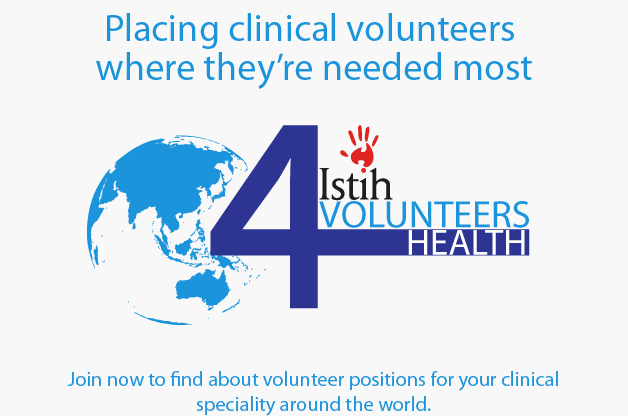ISTIH has welcomed back the team of Australian and International doctors who were sponsored to deliver the Emergency Life Support course (ELS) in Yangon, Myanmar (Burma).
This course was the first of its kind to be held in Myanmar, and is part of an 18-month program designed to develop Emergency Medicine (EM) within that country. Dr Philip Hungerford, an Emergency Medicine physician and Director of Critical Care Services at the Tamworth hospital in New South Wales, led the eight-person international visiting faculty.
There were in fact two ELS courses delivered during 11-15 February 2013. Although the content and structure of these 2 courses was similar, the instructors, participants, and intent of the courses were all different.
The first of these courses was taught by the international faculty to a select group of 21 local Burmese doctors trained in other clinical specialties, who have been chosen to be the future leaders of EM within Myanmar. Participants were given training across a number of areas, including triage, respiratory emergencies, malaria, sepsis, poisoning and envenomation. “It was necessary to adapt the Australian-developed ELS course to reflect the working conditions and burden of disease experienced in Myanmar”, says Dr Hungerford.
“Malaria and tuberculosis are big problems, and HIV is far more widespread than within Australia. In terms of infrastructure, there is no ambulance service in Myanmar, and the in-hospital care is quite different.”
This group of Burmese doctors is being trained to teach ELS courses in the future to Burmese clinicians and potential future EM specialists, using the ‘train the trainers’ format previously used to build capacity. The second ELS course was delivered to 20 specialist physicians from around the country, who received the same ELS training, but this time delivered by the first group of doctors acting as course instructors (with assistance from the international faculty as required.)
“The ELS course was very successful on a number of fronts,” said Dr Hungerford.
“We achieved our 2 principal aims: to introduce a standardised approach to stabilising and managing seriously ill medical patients to the future leaders of emergency medicine in Myanmar, and then to have those future leaders take ownership of the ELS course in their country and continue to deliver it into the future.
We also achieved – as a bonus, and something we didn’t really set out to attain – participation from a number of highly motivated general physicians.
These doctors came to the second course as trainees and loved it, and excelled during their skills training.”
These are an important group of doctors to have on side as far as the long term development of EM in that country, Dr Hungerford said, “and I hope to see some of them potentially acting as course instructors in January 2014.”
Dr Hungerford envisages that 2 additional courses will be run using the same format in January 2014, following the South East Asian Games (which Myanmar is hosting.) The target group this time would be trainee physicians and Civil Assistant Surgeons (CAS) who will work in rural Burmese hospitals.
Dr Hungerford has extensive experience delivering ELS courses throughout regional and rural Australia, and overseas in developing communities of Papua New Guinea. He is Chairperson of the Management Committee of the Emergency Life Support Course (ELS), a role he has held since the organisation was founded in 1997.
ISTIH was the primary sponsor of the recent ELS course, which was also supported by the Australasian College of Emergency Medicine (ACEM).



